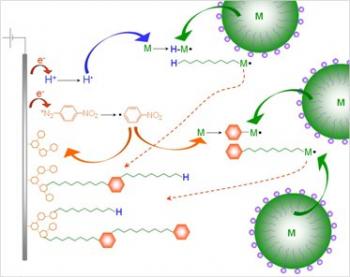
Les équipes du SPCSI (Service de Physique et Chimie des Surfaces et Interfaces) ont été officiellement rattachées le 6 janvier 2014 à l'IRAMIS/NIMBE pour la chimie, et l'IRAMIS/SPEC pour les équipes travaillant en physique.
De Juillet 2000 à la fin 2013, les activités de recherche du SPCSI ont été orientées vers l'étude des propriétés fondamentales des surfaces et des interfaces et de leurs applications potentielles, au sein du DRECAM, puis de l'IRAMIS, Institut Rayonnement-Matière Saclay de la Direction des Sciences de la Matière (DSM) du CEA.
Réunissant chimistes et physiciens, le SPCSI a été équipé d'un ensemble d'appareils performants de caractérisation à l'échelle atomique des surfaces : un XPS Kratos et une plateforme d'appareils d'étude et caractérisation des surfaces sous ultra-vide (STM / AFM - LEEM / PEEM - XPD), que les équipes du NIMBE et du SPEC continuent aujourd'hui d'utiliser avec succès.















